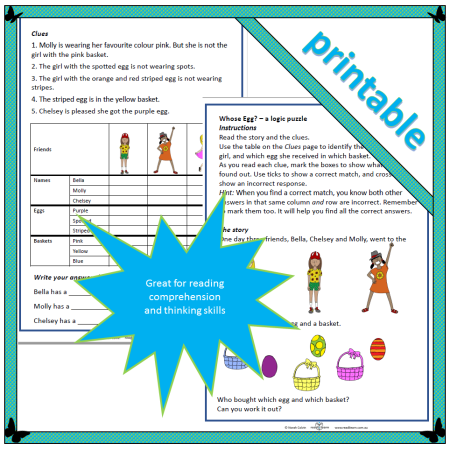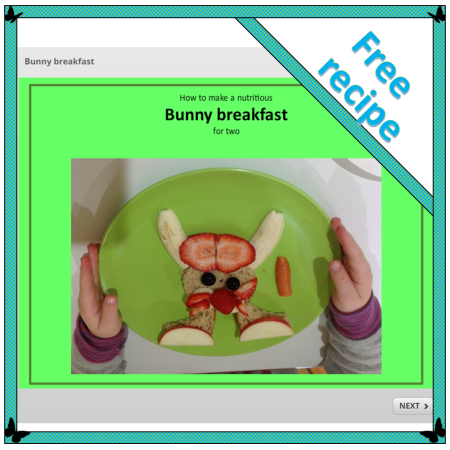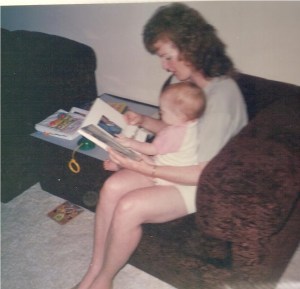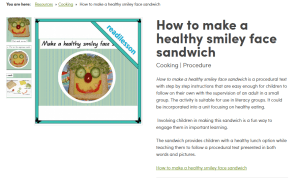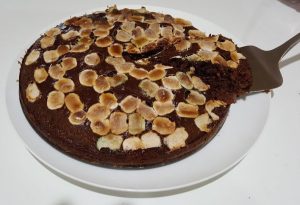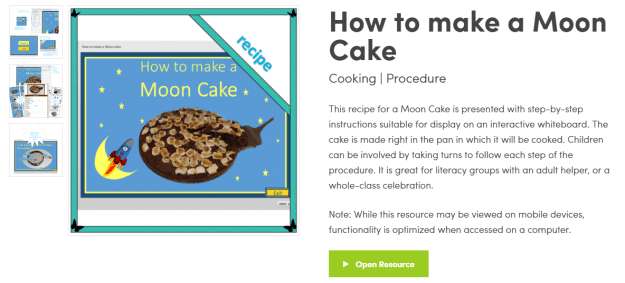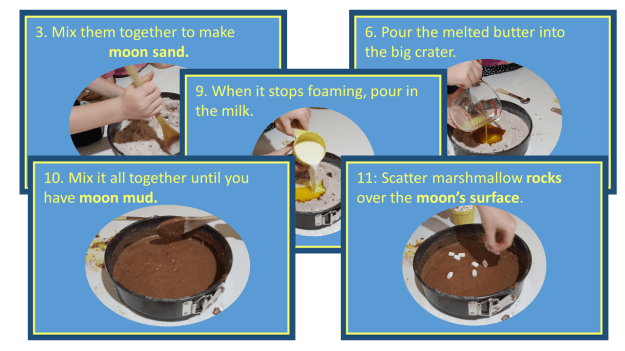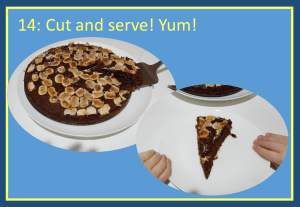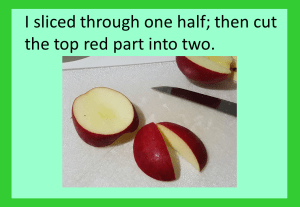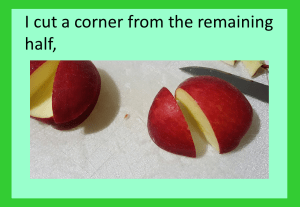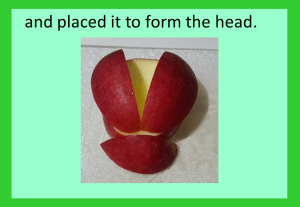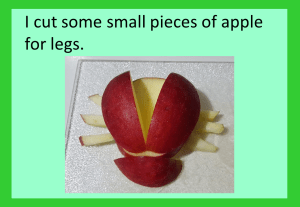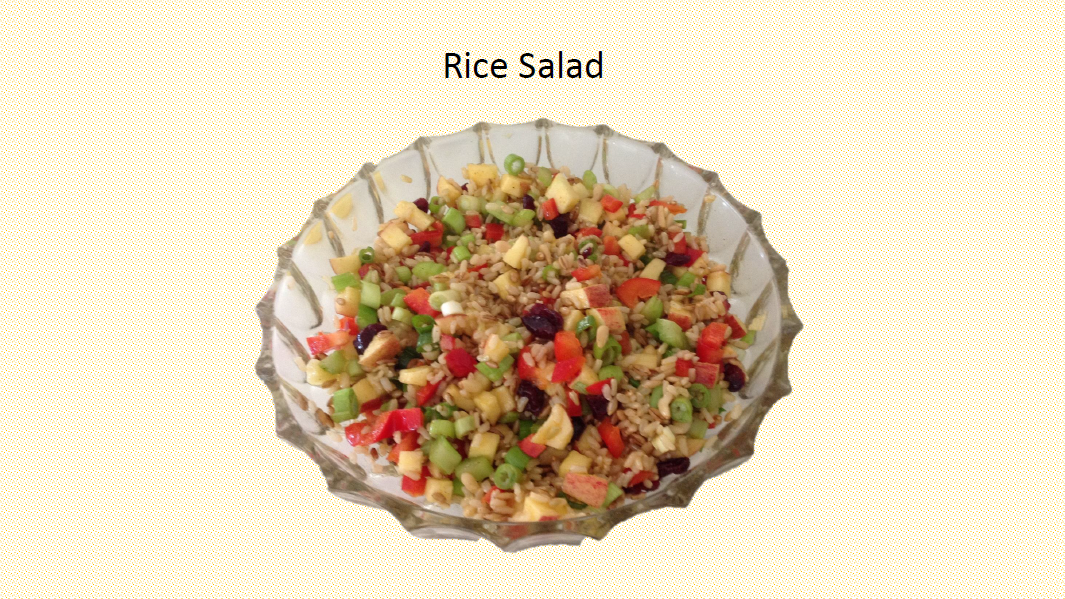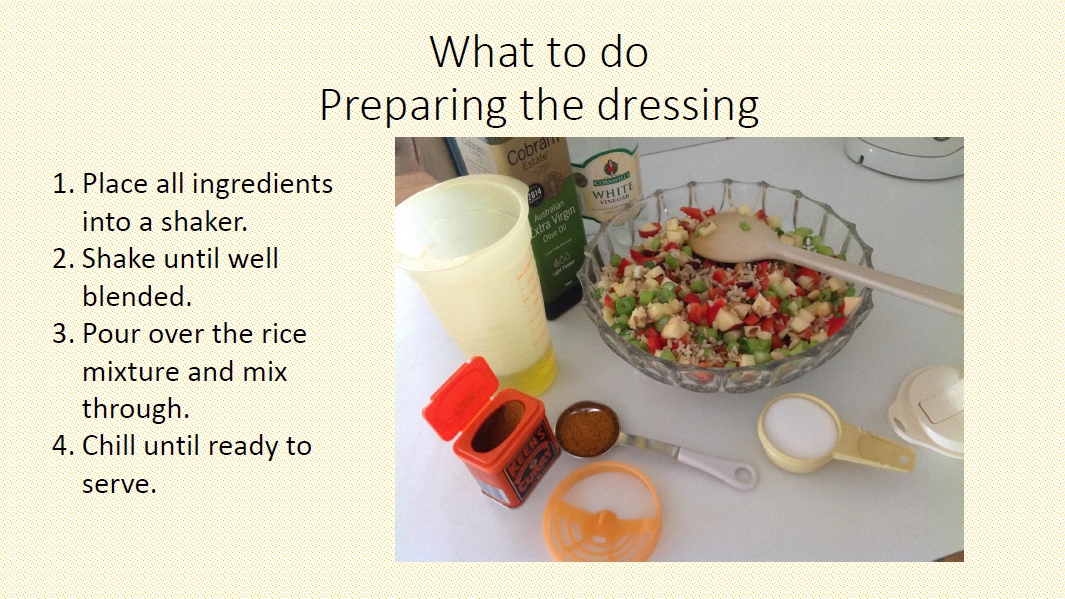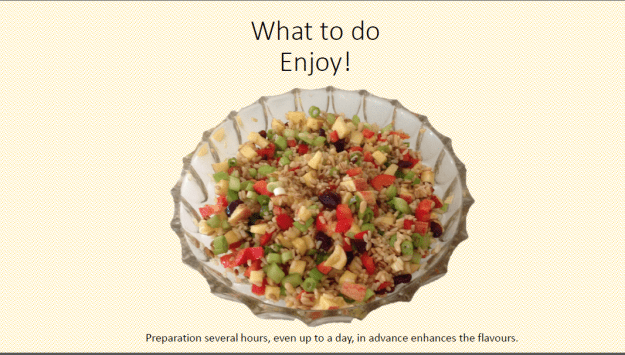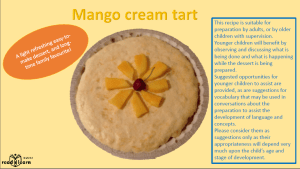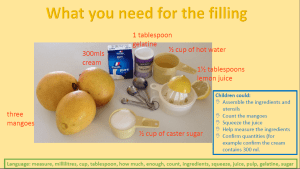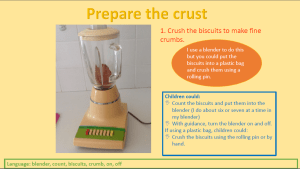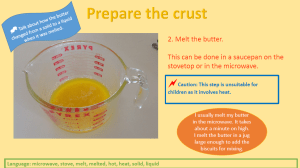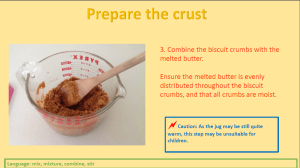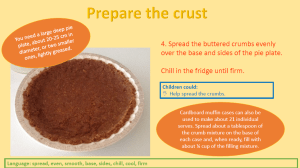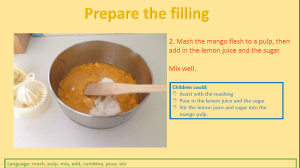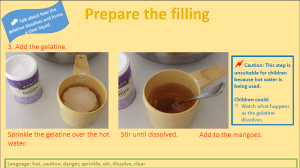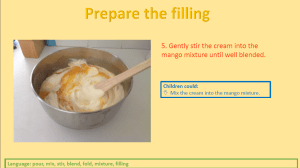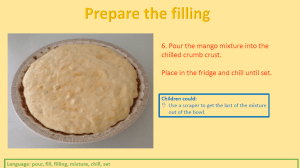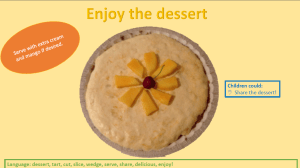
This week at the Carrot Ranch, Charli Mills challenged writers to In 99 words (no more, no less), write a story about the cooking show. It can be any cooking show, real or imagined. Who is there? What happens? Make it fun or follow a disaster. Go where the prompt leads!
This is my response. I hope you like it.
Cake in the Pan
Deidre laughed, sang and clapped on cue at her first-ever real live Christmas pantomime, until … the clowns prepared the cake. Deidre knew how to make cakes — she’d made them with her mum. The clowns obviously didn’t — tipping more flour over each other than into the pan, splashing the milk, and cracking in eggs, shells and all. The audience roared as the clowns placed a lid on the pan, shook it vigorously, then tipped out a magnificent cake. When offered a slice, Deidre folded her arms and clamped her lips. A cake made like that could never taste good.
👩🍳
This story is inspired by a true event. However, the only thing I remember is being horrified at the way the clowns put everything into the pan, including the egg shells, and turned out a cake. In writing, I tried to get back to what an expanded memory may have included. I hope it has worked.
The thought of being horrified at everything going into the pan in which the cake is to be cooked is now quite funny, as I know there are quite a few recipes made that way; including one of my favourites to make with children. If I was to ever be in a cooking show, this is what I’d make. And there’s not even an egg in sight.
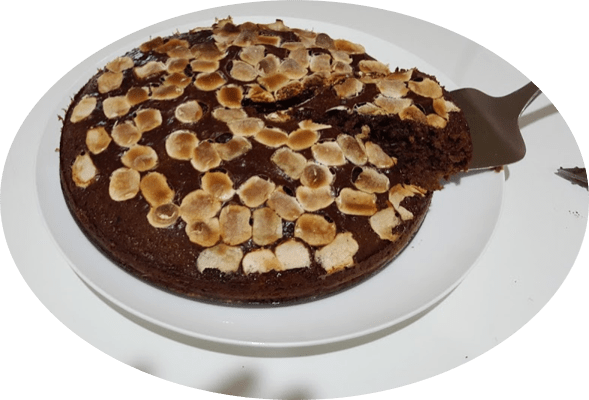
Moon Cake
Ingredients
1 1/2 cups plain flour
1/2 cup sugar
1/2 cup brown sugar
4 tablespoons cocoa powder
5 tablespoons butter, melted
1 teaspoon vanilla
1 teaspoon bi-carbonate of soda (baking soda)
1 tablespoon white vinegar
1 cup milk
2/3 cup miniature marshmallows
Utensils
A cake pan
A cup measure
A mixing spoon
A tablespoon
A teaspoon
Method
1. Preheat the oven to 180° (350⁰F, Gas mark #4)
2. Put the flour, sugars, salt and cocoa in the cake pan. Mix them carefully. You will have the light brown moon sand.
3. Use the mixing spoon to make a big crater in the middle so the bottom of the pan shows through. Make another medium-sized crater and a little crater.
4. Put the baking soda in the medium-sized crater.
5. Pour the melted butter into the big crater.
6. Pour the vanilla into the little crater.
7. Pour the vinegar onto the bi-carb soda in the medium-sized crater. Watch it become a bubbling, foaming volcano.
8. When the volcano stops foaming, pour the milk over the moon sand and carefully mix it all together until it looks like smooth moon mud.
9. Scatter marshmallow rocks over the surface.
10. Bake it for around 35 minutes, or until a toothpick stuck in the centre comes out dry. Let the cake cool in the pan.
This recipe is available in different formats on my website readilearn and there are also some suggestions for science discussions while making the cake.
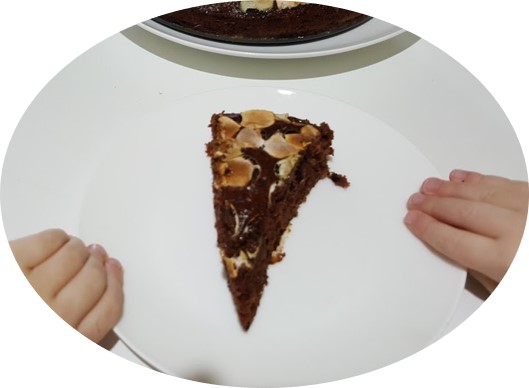
Enjoy a slice!

Thank you for reading. I appreciate your feedback. Please share your thoughts.




